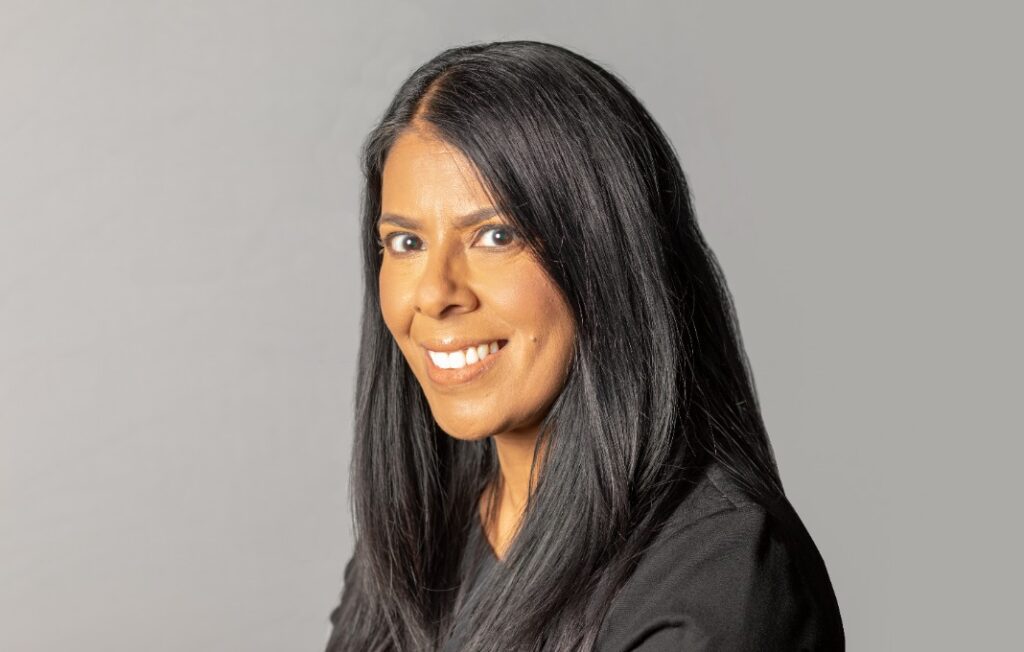Editor’s Note: As inflation explodes across the economy, we’ve been working with Ram Charan, one of the best-known and in-demand advisor to C-Suites and boards in the world, to develop a new leadership playbook to help tackle the challenge. He’s well versed: in the 1970s, GE brought him in to train its managers to heal the company’s hemorrhaging cash position, which almost killed the company. (Charan will be teaching a revised, updated version on leading through inflation March 24. Join us.) Here’s some of what he told us.
During an inflationary period, Charan says, the CHRO has an essential role to play to help shift the company’s psychology, staff levels and compensation to align with a new reality. That’s uncomfortable, painstaking work. He offers some suggestions:
- 2 percent of the people in a company have 98 percent of the impact. CEOs and CHROs must make sure management knows who they are—and make sure they’re overcommunicating with them to help them understand how the world is changing—what the goals are, how success will be measured, the centrality of cash—and how they must change with it. Nurture your 2 percent first and have the 2 percent nurture the rest.
- The CHRO has to do the right things about employee anxiety, and whatever cost reductions you plan will have to be done properly—because every company will want to reduce the breakeven point. Dealing with people with dignity, with honesty, that’s essential.
- HR can tilt its own resource allocation toward education about inflation. Training programs that bring home the realities of inflation to every person in the company are needed to create the climate to survive and thrive. Those programs are best taught by senior executives, who will gain insight into their own psychology as a result of teaching. Training in customer relations, pricing and the internal effects of inflation are valuable approaches.
- HR must ensure that people have clarity about the goals and how they will be compensated. In a non-inflationary environment compensation typically is based on one indicator: bottom-line results, usually stated as operating profit. In inflationary times cash has to be dominant and compensation formulas would have at a minimum four indicators: cash, operating profit, working capital and customer satisfaction.
- Compensation plans need to be revamped to reflect the realities of inflation. The typical senior executive’s three-to-five-year compensation plan that provides 25 percent fixed and 75 percent variable is a sacred cow that should be killed off in the new environment and replaced with a more realistic plan.
- HR needs to work with the CFO to be sure that unit performance is evaluated on real numbers, not inflated numbers. That will ensure that talent will not walk away, especially when there are allocation issues among units.
“HR also needs to keep the CEO and board apprised of needed changes in the skill mix at high levels,” says Charan, “suggesting shifts in geographical or business unit leadership that would provide the most or best opportunities to take advantage of the new environment that results post-inflation. It should also be alert to talent that may be lured away and to opportunities to bring in new talent.” Learn more about the March 24 event >








